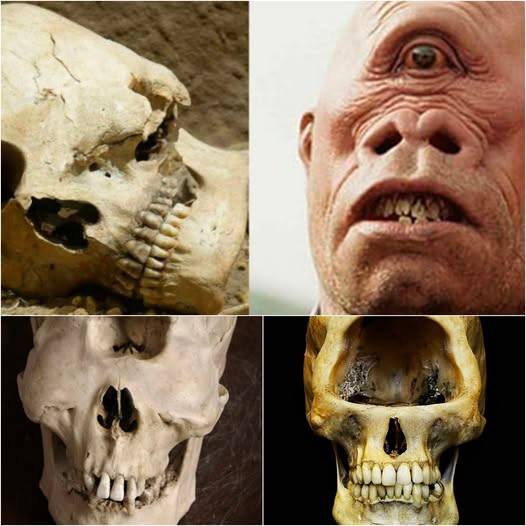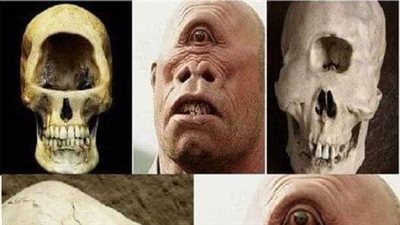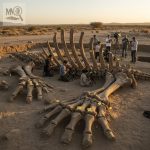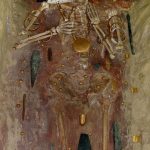Unearthing Legends: One-Eyed Monster Fossils in Indonesia

In the lush and mysterious landscapes of Indonesia, archaeologists have uncovered a discovery that seems to step straight out of ancient folklore. Buried beneath layers of earth, massive fossils with striking features resembling a one-eyed monster have captured global attention. The unearthed remains challenge the boundary between myth and science, stirring debates about whether such legendary creatures may have once roamed the Earth.

For centuries, local communities in Indonesia have passed down oral traditions about cyclopean beasts—giant, one-eyed predators that haunted jungles and mountains. Until now, these stories were considered symbolic myths, allegories of fear and survival woven into cultural memory. But the fossils tell a different tale. The bones, enormous in size and oddly structured, reveal anatomical traits unfamiliar to modern paleontologists. The skull fragments, in particular, show unusual formations that suggest either an evolutionary anomaly or perhaps an entirely new species waiting to be classified.
While villagers see this discovery as confirmation that ancient legends hold a kernel of truth, the scientific community remains cautious. Researchers emphasize the importance of rigorous analysis, using carbon dating, CT scans, and comparative anatomy to determine whether these remains represent a prehistoric predator or a misinterpretation of natural deformities. Could these fossils belong to a giant mammal species long extinct, or are they the remnants of a more common creature altered by geological shifts over time?

What makes this discovery especially fascinating is the way it blends mythology and archaeology. Throughout history, countless cultures have described monstrous beings—from the Cyclops of Greek mythology to giant guardians in Southeast Asian folklore. In many cases, ancient people stumbled upon fossilized remains of large prehistoric animals and interpreted them through the lens of myth. The Indonesian find could follow a similar path, where myth emerges as a human attempt to explain science before science existed.
Yet the mystery deepens with every new excavation. The sheer size of the bones, coupled with their strange features, leaves even the most skeptical researchers intrigued. If proven to be a new species, the discovery could reshape our understanding of prehistoric life in the Indonesian archipelago. The region, rich in biodiversity and geological history, has long been a treasure trove for paleontologists. This latest revelation may mark only the beginning of a much larger story hidden beneath the soil.

For now, the fossils stand as a bridge between two worlds: the scientific quest for truth and the timeless power of legend. To local communities, the bones confirm ancestral wisdom. To scientists, they are a puzzle demanding answers. And to the rest of us, they remind us of the fragile line separating history from myth.
The discovery of the so-called one-eyed monster fossils is more than an archaeological event—it is a reminder that the Earth still holds secrets capable of rewriting our past. Whether evidence of a real prehistoric predator or a misunderstood relic of nature, these fossils continue to inspire wonder, curiosity, and awe.











